From non-alcoholic beer to ‘functional’ drinks, the booze-free revolution is brewing
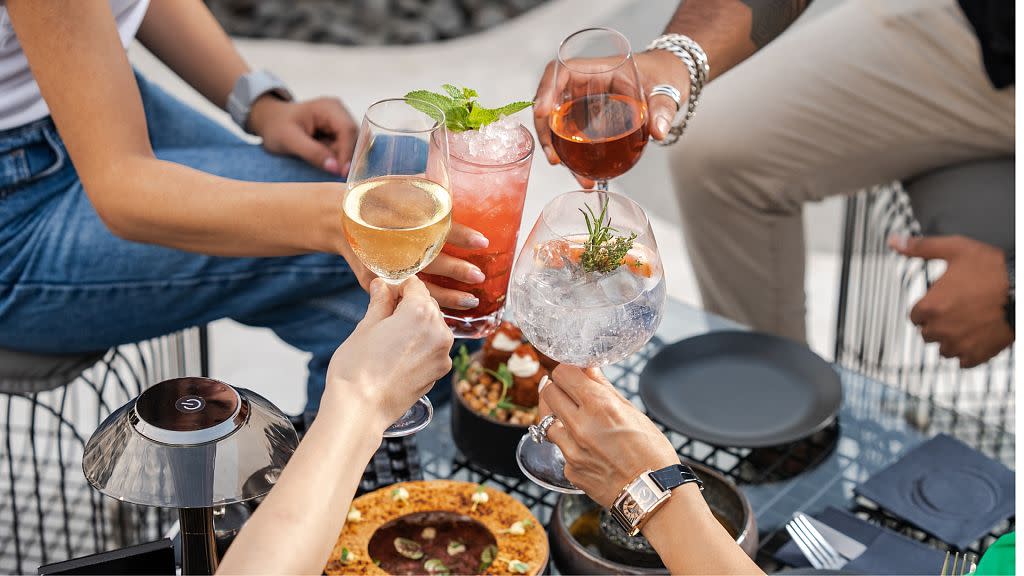
Since the pandemic, non-alcoholic options have been multiplying at bars and supermarkets around the world, as alcohol consumption dips among younger people.
The choices seem endless – from mocktails featuring zero-proof spirits and alcohol-free beer that replicate the sensation of drinking their boozier counterparts, to entirely new non-alcoholic beverages that claim to enhance health.
Worth over $13 billion (€12 billion) globally, according to IWSR Drinks Market Analysis, the low- and no-alcohol market is thriving. Its value has jumped $5 billion (€4.7 billion) since 2018.
To court new consumers and balance out slower sales of alcohol, even legacy alcohol companies are expanding their non-alcoholic offering. Anheuser-Busch InBev’s non-alcoholic beer sales exceeded expectations last year, as its beer sales dropped by $1.5 billion (€1.4 billion) in North America.
And amid all this growth, a new player has entered the game – “functional” drinks are taking up an increasing share of the market for non-alcoholic beverages, with companies promising their drinks will do more for consumers’ health and performance.
Functional beverages now make up about 10% of the total US non-alcoholic beverage market.
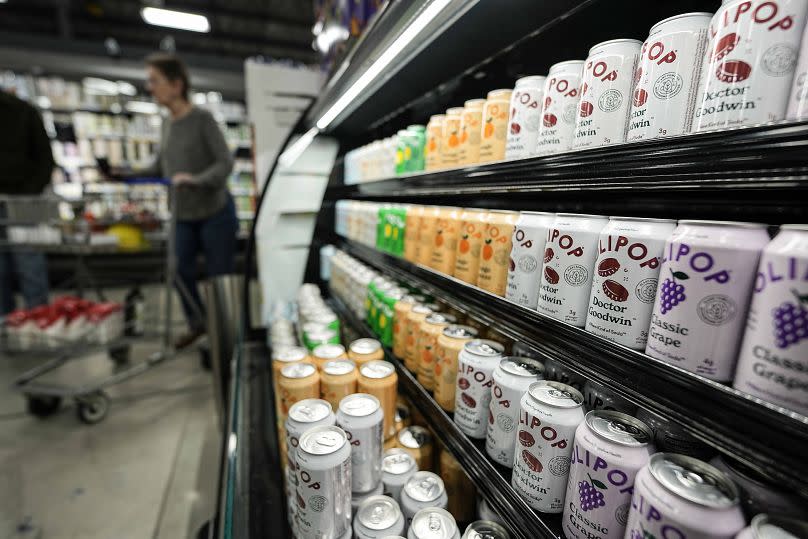
What are ‘functional’ drinks?
What exactly are functional drinks? Dash Lilley, co-founder of the non-alcoholic beverage company Three Spirit, says it’s hard to pin down an exact definition, but to put it simply, it’s a drink that “does something.”
Some of the oldest functional drinks include tea, coffee and alcohol. But the new non-alcoholic, non-caffeinated definition reflects the growing trend of including ingredients that are often herbal and plant based, which companies say offer health benefits and energy.
Today, functional drinks go beyond Vitamin Water and Red Bull. Now a multi-billion-dollar industry, functional drinks are cropping up across supermarkets and specialised shops with increasingly exotic ingredients and wellness-focused marketing.
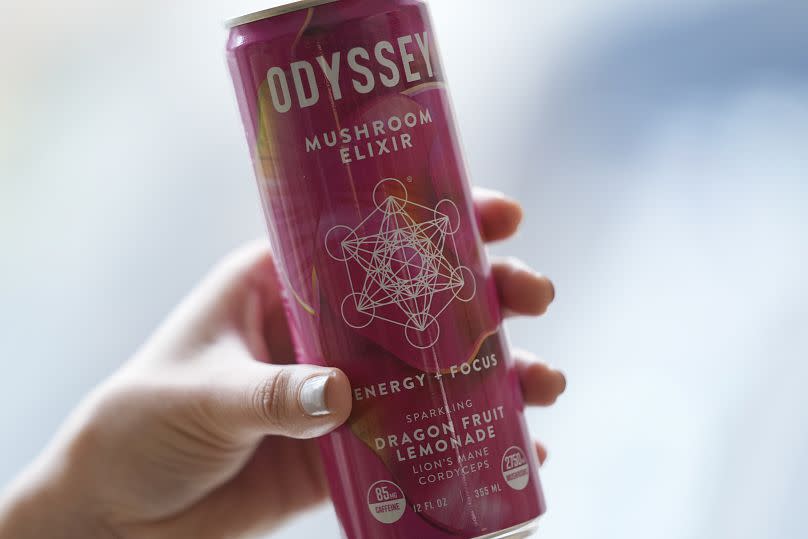
London-based Three Spirit makes non-alcoholic drinks with more than 60 ingredients – including guayusa, a caffeinated leaf from the Ecuadorian rainforest, and schisandra, a berry from Mongolia or Eastern Russia – that it says mimic the sense of relaxation and social lubrication that drinkers get from beer, wine and spirits.
“Fundamentally, alcohol is the ultimate functional drink,” Lilley says. “People don’t just drink for flavour. It helps people socialise, helps people unwind, helps people perk up. So we thought we could do that really well by coming at it from a new angle.”
Harry Cooke, who launched a new functional beer called Collider, used ingredients like Lion's Mane mushrooms, ashwagandha (a root from an evergreen), and an amino acid from green tea. He says the resulting beverage tastes similar to a regular beer.
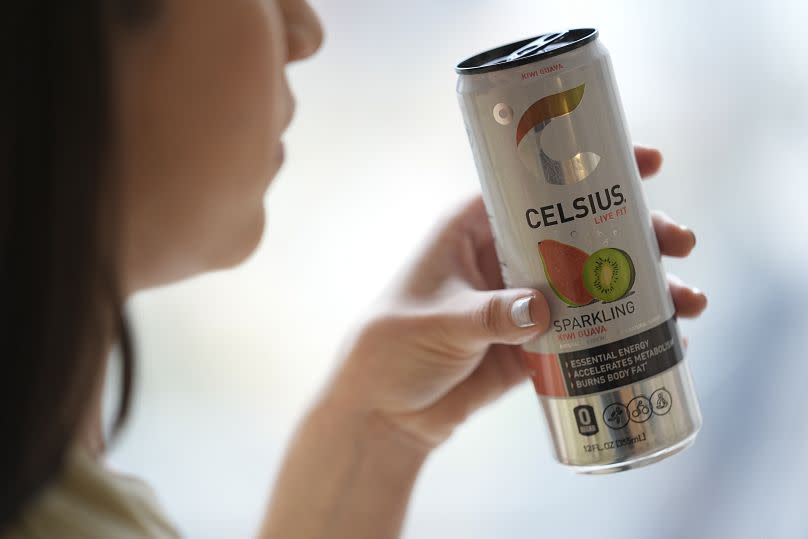
Healthier habits, fewer hangovers
The rise in functional drinks and other alcohol alternatives aligns with a decades-long shift towards healthier habits, according to Randy Burt, a managing director at AlixPartners who studies food and beverages. Burt says he doesn’t see the demand for the drinks slowing down.
Euromonitor, a market research company, expects global sales of functional beverages to grow 7% each year through 2027.
Daniya Stewart, managing director of Dry Drinker, an online alcohol-free store, says non-alcoholic functional drinks are doing particularly well with 18- to 25-year-olds.
“Their form of socialising isn’t driven around bars, pubs, nightclubs like it used to be. It’s more experiential,” she says.
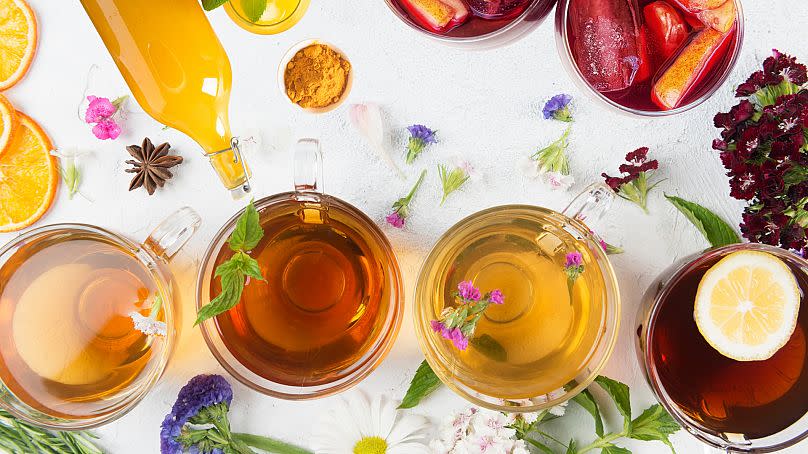
The older crowd, too, is drawn to non-alcoholic functional drinks, according to Lilley, for their more complex flavours, which feel “especially premium, worth sipping” compared to bland boozeless beverages.
But for Henry Chen, the founder and CEO of California’s ALO Drink, a line of beverages made with aloe vera plants, the growing number of brands and promised health benefits is getting overwhelming. He suspects shoppers will soon shift back to simpler drinks.
“There are just too many narrowly specific functional needs that brands are claiming to address, too many esoteric ingredients that you need a science degree to understand being added to foods and beverages,” he says.
With the health benefits of some functional drinks up for debate, Corrie Whisner, an associate professor at Arizona State University’s College of Health Solutions, says consumers might be better off brushing off the trend altogether.
“At the end of the day, if someone would ask me, ‘Should I be drinking these for my health?’ I would probably say no and stick to whole foods as much as possible,” Whisner said. “Just eat real food. Then you know what you’re getting.”

